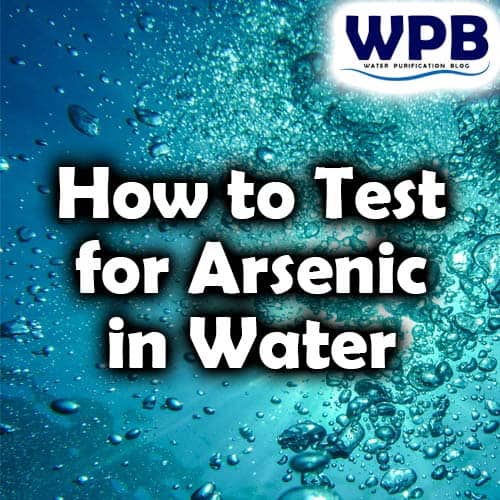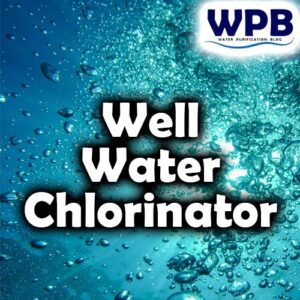Water is a very important part of every living creature. As there are many contaminants that can be present in drinking water, it is important to know their quantity in the water.
As Arsenic is a toxic substance that can cause cancer, skin lesions, cardiovascular disease, and other health problems, it is very important to know how to test for arsenic in water and regularly check it’s levels.
Table of Contents
Understanding Arsenic in Water
Arsenic is a naturally occurring element that is found in rocks and soils. It can leach into groundwater and surface water, where it can contaminate drinking water supplies.
Arsenic is odorless and tasteless, so it’s not possible to detect it just by looking at or tasting the water. This is why it is so dangerous.
Arsenic can be present in both well water and municipal water supplies. The U.S. Environmental Protection Agency (EPA) has set a maximum contaminant level (MCL) of 10 parts per billion (ppb) for arsenic in drinking water.
Many experts believe that even low levels of arsenic can be harmful to health. This is why it’s so important to test for arsenic in your drinking water even if it’s below the MCL.
How to Test for Arsenic in Water?
There are several methods for testing for arsenic in water. The most common are laboratory testing and home testing kits.
Laboratory Testing
Laboratory testing is the most accurate way to test for arsenic in water. You can send a water sample to a certified laboratory for analysis. The laboratory will use specialized equipment like spectrophotometers and other laboratory methods to determine the levels of arsenic in the water.
Home Testing Kits
Home testing kits are an affordable option on how to test for arsenic in water. These kits typically use test strips or a color-changing solution to detect the presence of arsenic in the water.
However, they are not as accurate as laboratory testing and may not detect low levels of arsenic.
Treating Arsenic in Water
If your water contains arsenic, it’s important to take action to remove it.
Here are some methods for treating arsenic in water:
Reverse Osmosis
Reverse osmosis is a filtration method that can remove arsenic from water. It works by forcing water through a membrane that traps contaminants, including arsenic.
Specialized Arsenic Removal Filter Media
These advanced filter media use adsorption mechanisms to capture and remove arsenic ions from water.
Through a series of chemical and physical processes, these filters remove arsenic, leaving the water safe for consumption.
Distillation
Distillation is a process that can remove arsenic from water by boiling the water and collecting the steam. The steam is then condensed into pure water, leaving behind the arsenic and other contaminants.
Conclusion
Arsenic in drinking water is a serious health concern. Testing for arsenic in water is the first step to ensuring that your drinking water is safe. Laboratory testing is the most accurate method, but home testing kits can also be used. If you’ve found that your water contains arsenic, there are several methods for treating it.
To read more about arsenic removal from drinking water read our other article:
By taking action to remove arsenic from your drinking water, you can protect the health of your family.
FAQs
Q: What are the health effects of arsenic in drinking water?
A: Arsenic in drinking water can cause cancer, skin lesions, cardiovascular disease, and other health problems.
Q: Can home testing kits detect low levels of arsenic?
A: Home testing kits are not as accurate as laboratory testing and may not detect low levels of arsenic. They are ideal for a fast check of your water. Also, they are ideal to check the proper operation of your water purification arsenic removal system.

Who am I?
I am working as a water treatment technical manager and I have more than 25 years of practical experience in water purification.
Water purification expert
After many years of experience in water purification, I want to share some of my knowledge and get people to know the real importance of water quality.
Water purification and water treatment are very complex themes, so it is important to explain them in an easy-to-read way.
On this blog, you will find many understandable, easy-to-read information about water purification.
I hope you enjoy it, find some useful information, and thank You for reading.
More info on my work and my expertise on water purification can be found on my LinkedIn profile.






